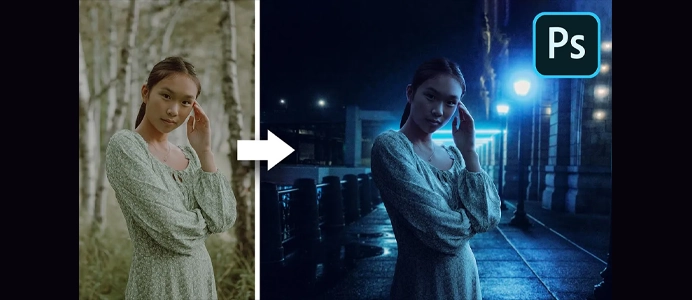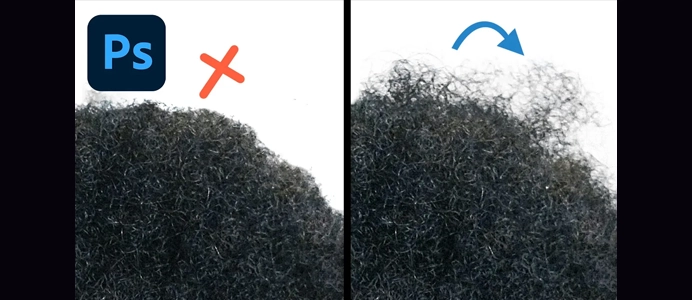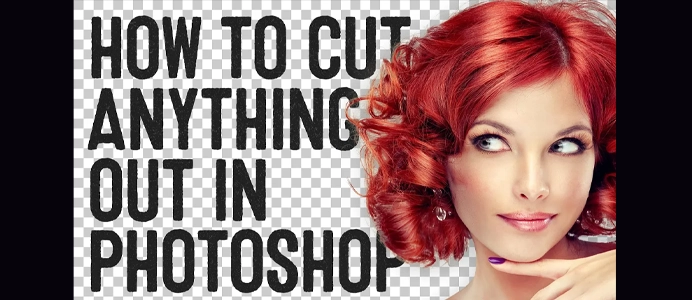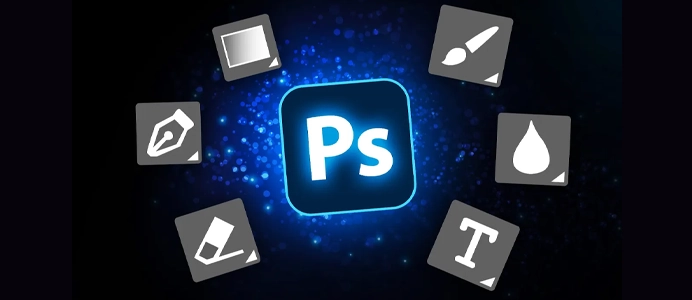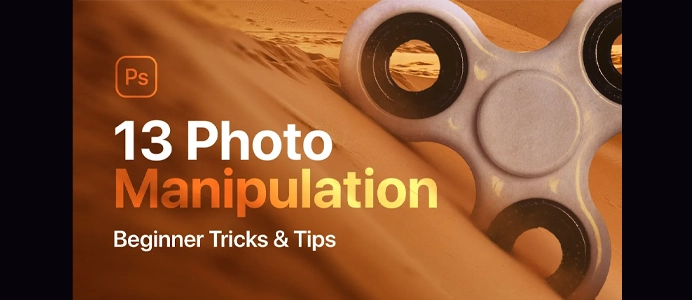How to use Photoshop layers for beginners
Understanding how to use layers in Photoshop is fundamental for any designer or photo editor. Here’s a beginner-friendly guide to using layers:
1. Layers Panel:
- Open the Layers Panel by going to
Window > Layersor simply pressingF7. - This panel will show all the layers in your project.
2. Creating a New Layer:
- Click on the “New Layer” icon at the bottom of the Layers Panel.
- Alternatively, use the shortcut
Ctrl + Shift + N(Windows) orCmd + Shift + N(Mac).
3. Layer Types:
- Background Layer: Typically the bottom layer; often locked.
- Text Layer: Created when you add text.
- Image Layer: Created when you import an image.
- Adjustment Layer: For non-destructive adjustments (e.g., brightness, contrast).
4. Layer Visibility:
- Click the eye icon next to a layer to hide or show it.
- Useful for focusing on specific elements.
5. Layer Order:
- Drag layers up or down to change their order.
- Layers at the top of the stack appear in front of layers below.
6. Layer Locking:
- Lock layers to prevent accidental changes.
- Options include locking transparency, position, and more.
7. Layer Styles:
- Add effects like drop shadows, strokes, and gradients.
- Double-click on a layer or use the “Add a Layer Style” icon at the bottom of the Layers Panel.
8. Opacity and Fill:
- Adjust the opacity to make a layer more or less transparent.
- The Fill option controls the opacity of the layer content but not the effects.
9. Grouping Layers:
- Select multiple layers and press
Ctrl + G(Windows) orCmd + G(Mac) to group them. - Useful for organizing and managing layers.
10. Deleting Layers:
- Select a layer and press
DeleteorBackspaceto remove it. - Be cautious as this action is irreversible.
11. Adjustment Layers:
- Add adjustment layers for non-destructive edits.
- Experiment with adjustments like Levels, Curves, and Hue/Saturation.
12. Blending Modes:
- Adjust how a layer blends with the layers beneath it.
- Found in the top-left of the Layers Panel.
13. Layer Masks:
- Add a layer mask to hide or reveal parts of a layer.
- Use the Brush Tool (B) to paint on the mask with black (to hide) or white (to reveal).
14. Duplicate Layers:
- Right-click on a layer and choose “Duplicate Layer” to create a copy.
- Useful for creating backups or variations.
15. Rasterize Layers:
- Right-click on a layer and choose “Rasterize Layer” to convert it into pixels.
- Necessary for certain editing actions.
16. Smart Objects:
- Convert a layer to a Smart Object for non-destructive scaling and transformations.
- Right-click on a layer and choose “Convert to Smart Object.”
17. Saving and Exporting:
- Save your project in Photoshop’s native .PSD format to preserve layers.
- Export as other formats (JPEG, PNG) for sharing or web use.
Learning to work with layers is foundational in Photoshop. As you become more familiar, you’ll find creative ways to leverage layers for powerful and flexible editing. Practice and experimentation are key to mastering this essential skill.




